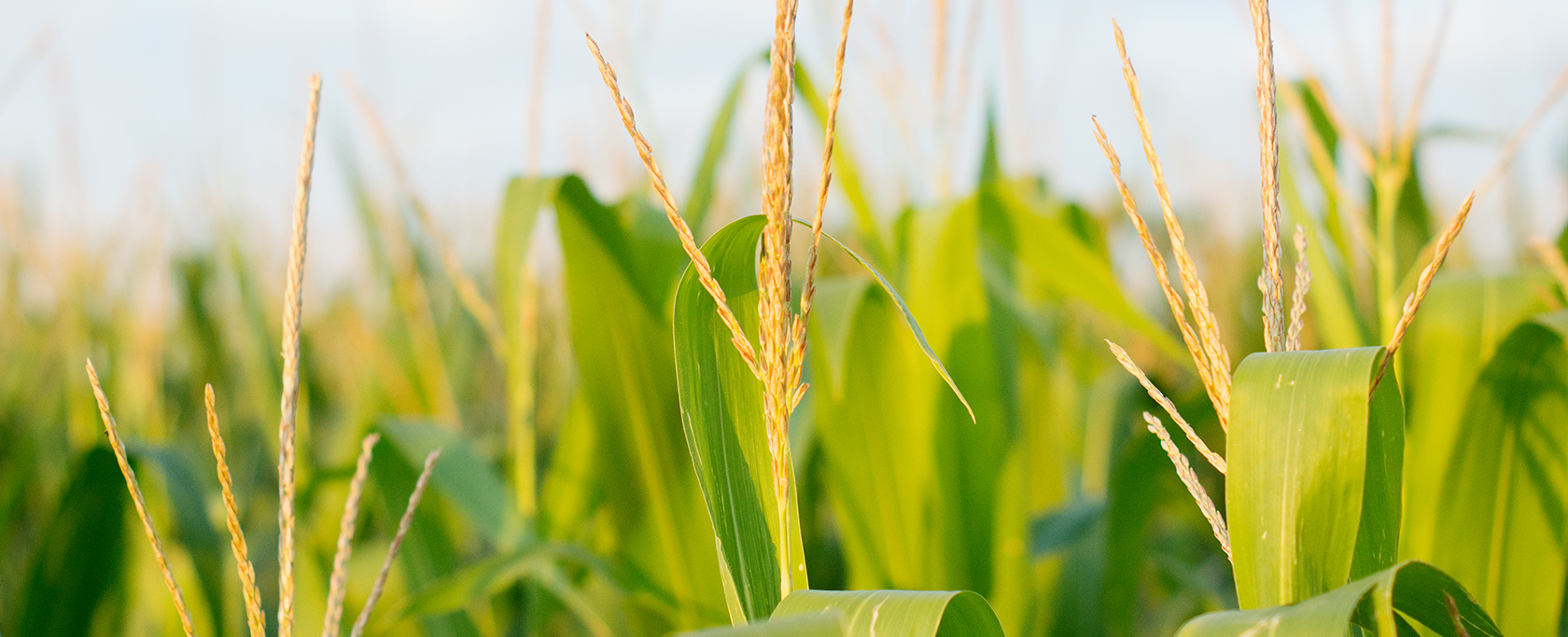Quick glance
- Wheat quickly catches up with planting progress, corn and soybean still lagging becoming slowest planting pace in history
- Corn prevent planting for the Midwest is Wednesday, June 5
- A long-delayed disaster bill may allow increase in preventive planting insurance coverage
- U.S.- Mexico trade disputes could have deep implications for U.S. corn and soybean meal imports
Crop Progress
- Weather markets usually always reflect high volatility, which is what is happening currently. The wet forecast has slowed planting progress significantly. The USDA’s crop progress report continues to show poor planting numbers for corn and soybeans, and becomes the slowest planting pace in history:
- Corn is 67% planted, 58% last week and 96% five-year average
- Soybeans are 39% planted, 29% last week and 79% five-year average
- Wheat is 93% planted, 84% last week – almost nearing the 96% five-year average
Prevent Planting
- Corn planting progress is concerning as the last day for corn prevent planting is Wednesday, June 5, for all Midwest states. Many analysts expect to see anywhere between 3-10 million corn acres prevent plant or switch to soybeans.
- The USDA starts reporting preventive planting (PP) acres on the August report with follow-up estimates monthly through the January 2020 report.
- Another concern is that even if corn gets planted, it’s going in tough soil conditions, inciting fears of how the crop will turn out come harvest.
Farm Aid
- The U.S. house is expected to pass a long-delayed disaster aid bill today that will send $19.1 billion to states and territories hit by natural disasters in recent months. The bill may allow increases in preventive planting insurance coverage up from the current 50%. If the increase is approved, it would elevate the incentive for farmers to claim PP rather than plant corn after their PP date.
Trade News
- China has blamed the U.S. for the collapse of trade negotiations and stated that it will not be pressured into making compromises.
- While U.S.- China trade talks have halted for the time being, President Trump is targeting Mexico. He announced he will apply a 5% tariff on all Mexican goods on June 10 and increase the rates if Mexico does not halt illegal immigration. This is primarily negative to corn and soybean meal exports from the U.S. Mexico is a large buyer of both commodities, and some experts believe Mexico may retaliate with import tariffs.
The USDA’s World Agricultural Supply and Demand Estimates (WASDE) report comes out on Tuesday, June 11, 11 a.m. central time. Check back with us on expectations and results.
DISCLAIMER: Commodity markets have inherent risk and Tyson Foods, Inc. assumes no liability for the use of any information contained herein. Information contained herein was obtained from sources believed to be reliable but is not guaranteed as to its accuracy. Any examples given are strictly hypothetical and no representation is being made that any person or entity will or is likely to achieve profits or losses similar to those examples. Neither the information, nor any opinion expressed, constitutes a solicitation to buy or sell futures or options on futures contracts. Every effort has been made to ensure the accuracy of the information and market data which is provided herein. Information has been obtained by Tyson Foods, Inc. from sources believed to be reliable. However, because of the possibility of human or mechanical error, Tyson does not guarantee the accuracy, adequacy of content or any information and is not responsible.

